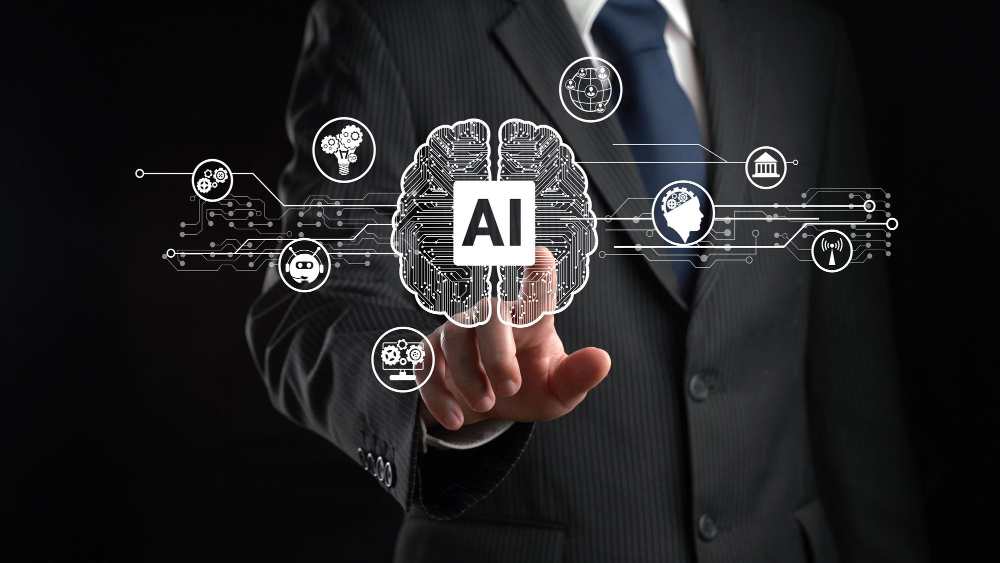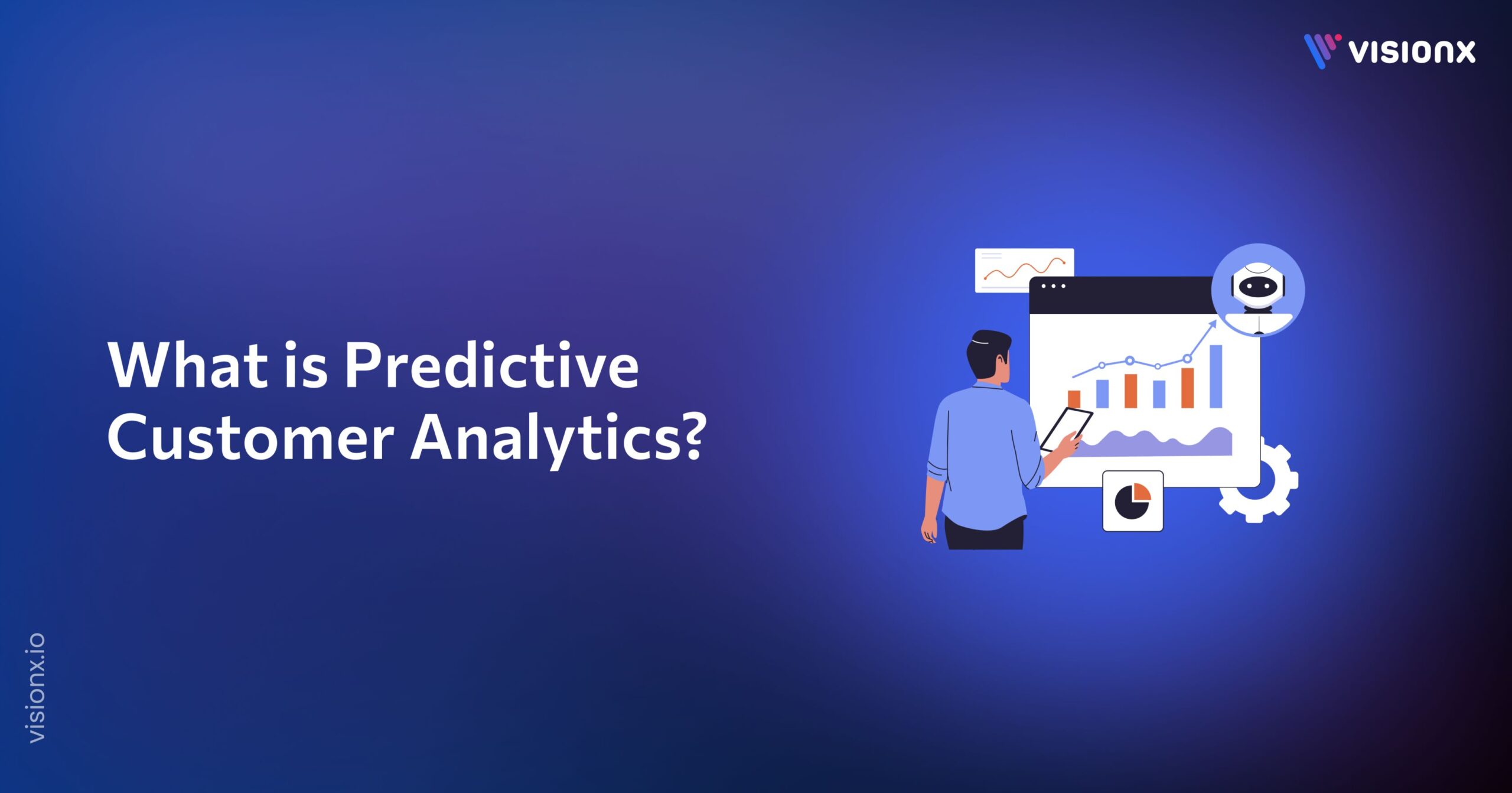When you ask your smartphone for a restaurant recommendation nearby or when your car alerts you of obstacles ahead, you are reaching out to the incredible functionalities of AI. What once seemed like a science fiction dream is today a part of our reality that improves daily life and seamlessly blends itself into our routine.
From understanding human speech to real-time object recognition, AI changes our living, working, and social experiences. It is behind the algorithms that personalize your buying experiences and the machines that can perform complex operations with accuracy.
But do you know which particular branches of AI make these advancements possible? Check out seven major branches of AI and how they are shaping a smarter, more innovative world! Read on and discover how the future of technology is being driven and what impact artificial intelligence is creating within various sectors in ways you never thought possible.
Components of Artificial Intelligence
Learning:
Learning can be defined as a process by which AI systems achieve knowledge and develop their ability to enhance performance based on the experience gained, similar to human learning. For example, we have many machine learning algorithms that can learn patterns in the data or chatbots that not only learn during the conversation but also can provide better responses over time.
Reasoning:
Reasoning lets AI draw conclusions from what it knows. Virtual assistants use reasoning to understand questions and give good answers. For example, if someone asks a medical question, the AI looks at the symptoms and tries to figure out what’s wrong based on them.
Perception:
Perception enables AI to interpret sensory data and perceive what lies around it, just like humans do. For instance, with computer vision, self-driving cars can understand what is happening, what can or cannot be done, where the obstacles are, and find pedestrians and traffic signals, among other things. Smart speakers perceive and respond based on voice commands using speech recognition.
Problem-solving:
Problem-solving is the ability of AI to find solutions to complex problems. Route optimization algorithms in navigation apps solve the problem of finding the fastest path between two points. Predictive maintenance systems use problem-solving to predict when equipment could fail and schedule proactive maintenance.
Top 7 Major Branches of AI
1. Machine Learning (ML):
ML is a subset of AI research focused on designing algorithms that allow a computer to learn from and act on data patterns rather than being explicitly taught how to do so. Unlike complex instructions, Machine learning models learn and improve with time by locating patterns and trends on their own.
ML is the backbone of many day-to-day technologies, including recommendation systems like Netflix and Amazon, spam filters, personalized marketing, fraud detection in financial institutions, and predictive maintenance in industries.
ML is important because it provides the basis for automating complex processes, increasing efficiency, and developing decision-making capabilities across sectors by enabling machines to learn from experiences.
2. Deep Learning:
This branch is an advanced subset of Machine Learning. It relies on a certain kind of neural network, specifically very deep neural networks with several layers. Layers simulate how information goes through the human brain; layers are very efficient for handling large volumes of unstructured data, like images, video, and text.
Deep learning enables applications like facial recognition systems, self-driving automobiles, translation services, voice assistants, and advanced medical imaging technologies to enable disease detection through X-rays and MRIs.
Deep learning is powerful in tasks that, until recently, proved impossible for computers to accomplish easily: image and speech recognition. Learning from large datasets is the key to high-accuracy and precision applications.
3. Natural Language Processing (NLP):
This is the segment of AI through which machines can perceive, interpret, and even generate human language. Natural Language Processing equips computers with the capability to read and understand text or verbal words, thus naturally facilitating communication between humans and machines.
Natural language processing is behind voice-activated virtual assistants, such as Siri, Alexa, and Google Assistant. Others are chatbots, machine translation (for example, in Google Translate), sentiment analysis tools that help monitor social media, and customer support automation.
NLP makes AI access more attainable for common users. It bridges human communication to computational understanding to enable fluent communication between people and machines, enrich customer service, and extract valuable insights from unstructured sources, including reviews and social media.
4. Robotics:
Robotics is concerned with designing and developing the main constituents of a robot. A robot is a smart machine that aids in accomplishing some tasks independently or semi-independently. AI robotics incorporates the application of algorithms and learning models, resulting in robots’ ability to execute complex, human-like jobs with minimal intervention.
Robots are transforming industries through autonomous vehicles, drones, surgical robots, industrial manufacturing robots, and service robots in hospitality and health.
AI-enabled robots increase productivity, precision, and safety when physical or cognitive limits might constrain people. Whether it is the self-driving car that reduces traffic accidents or some drone involved in a search and rescue mission, robotics is changing the game when it comes to efficiency and possibilities of automation.
5. Expert Systems:
Expert Systems are AI programs that imitate the judgments of an expert in a given domain. These systems rely on a large knowledge base and rules to solve complex problems and often work faster and more consistently than their human experts.
The applications of expert systems include diagnosis in medical fields, where these systems aid doctors in suggesting possible conditions for patients. They have also been used in financial services for investment analysis, in legal systems for advice on legal matters, and even in engineering to troubleshoot technical issues.
This is important because if expert-level knowledge is encoded, the organization can automate complex problem-solving through expert systems. Decision-making will be enhanced, and these systems can work 24 hours a day with expertise without the need for a human mind.
6. Computer Vision:
Computer vision is the area of AI in which machines can perceive and understand the visual world. Computer vision systems identify objects and track movements like human visions, which can happen through images and videos.
It includes applications such as Computer vision in facial recognition systems, object detection for autonomous vehicles, measuring app, security surveillance, augmented reality, quality inspection, and medical image analysis.
Computer vision has played a key role in enabling automation whenever visual interpretation applies specifically. It enhances security through facial recognition, augmented reality technologies, and healthcare by allowing doctors to diagnose diseases from medical images.
7. Fuzzy Logic:
Fuzzy logic is a computing approach based on nonspecific but approximate reasoning. Instead of traditional binary logic, where bits are classified into either true or false, fuzzy logic rests its thinking upon degrees of truth. Therefore, it is closer to human thinking, which is usually based on uncertainty.
Fuzzy logic has wide-ranging applications within control systems, such as air conditioning, washing machines, and automotive systems. It also applies to decision-making models in more complex environments with vague or imprecise input data.
Fuzzy logic helps machines make decisions in situations where the information is uncertain. AI systems can handle the “grey areas” that traditional binary logic cannot. It enhances decision-making in environments with imprecise or incomplete data, mimicking how humans think.
How to choose the right branch for your project?
In order to select an appropriate AI branch for your project, you need to define clear objectives and analyze available data, technology, and expertise within your team. According to the specific requirements and goals, consider branches such as machine learning, deep learning, or natural language processing. Moreover, start with a proof of concept to validate the approach before full-scale implementation.
Conclusion
Understanding all the branches of AI is essential to practically applying its technologies to solve real-world problems. Each branch has different capabilities and tools, which can be used for other purposes like automating routine tasks, enhancing customer relations, or analyzing vast complex datasets.
One of the most transformative branches is Generative AI, which enables machines to generate new content—such as text, images, and music—based on input data. Gen
Applying project goals to appropriate AI components will enhance efficiency and catalyze innovation across sectors. Furthermore, a well-selected AI approach will facilitate effective decision-making, reduce costs, and improve the ability to keep up with rapidly changing technologies.
As businesses increasingly adopt AI into their operation processes, a deep understanding of these branches will position the business to tap all its potential and achieve sustainable growth.


